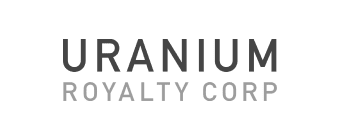Cut through the noise and grab the attention of investors on a global stage. Come through loud and clear to a broad, targeted readership and explain your catalytic opportunity without industry jargon.







Gain access to a curated list of engaged investor contacts through our targeted distribution channels, ensuring your investment opportunities reach the right audience.
Leverage the reach of PrivatePlacements.com to spotlight your company, attracting accredited investors and enhancing your visibility in the market.
Amplify your company’s presence with content focused campaigns designed to highlight your investment opportunity, drive investor interest, and position your company as a market leader.
Our comprehensive, end-to-end marketing solution covers every aspect of access to capital and investor engagement, ensuring maximum impact and seamless execution from start to finish. Available on a limited basis.
We leverage our platform and third-party partners to connect investors with your company’s unique proposition. Through an ongoing pipeline of reports, email nurture, and video interviews, we keep your company top-of-mind. The entire campaign is told from a third-party perspective, lending credibility and cache to your selling points.